
漢德百科全書 | 汉德百科全书
 United States
United States

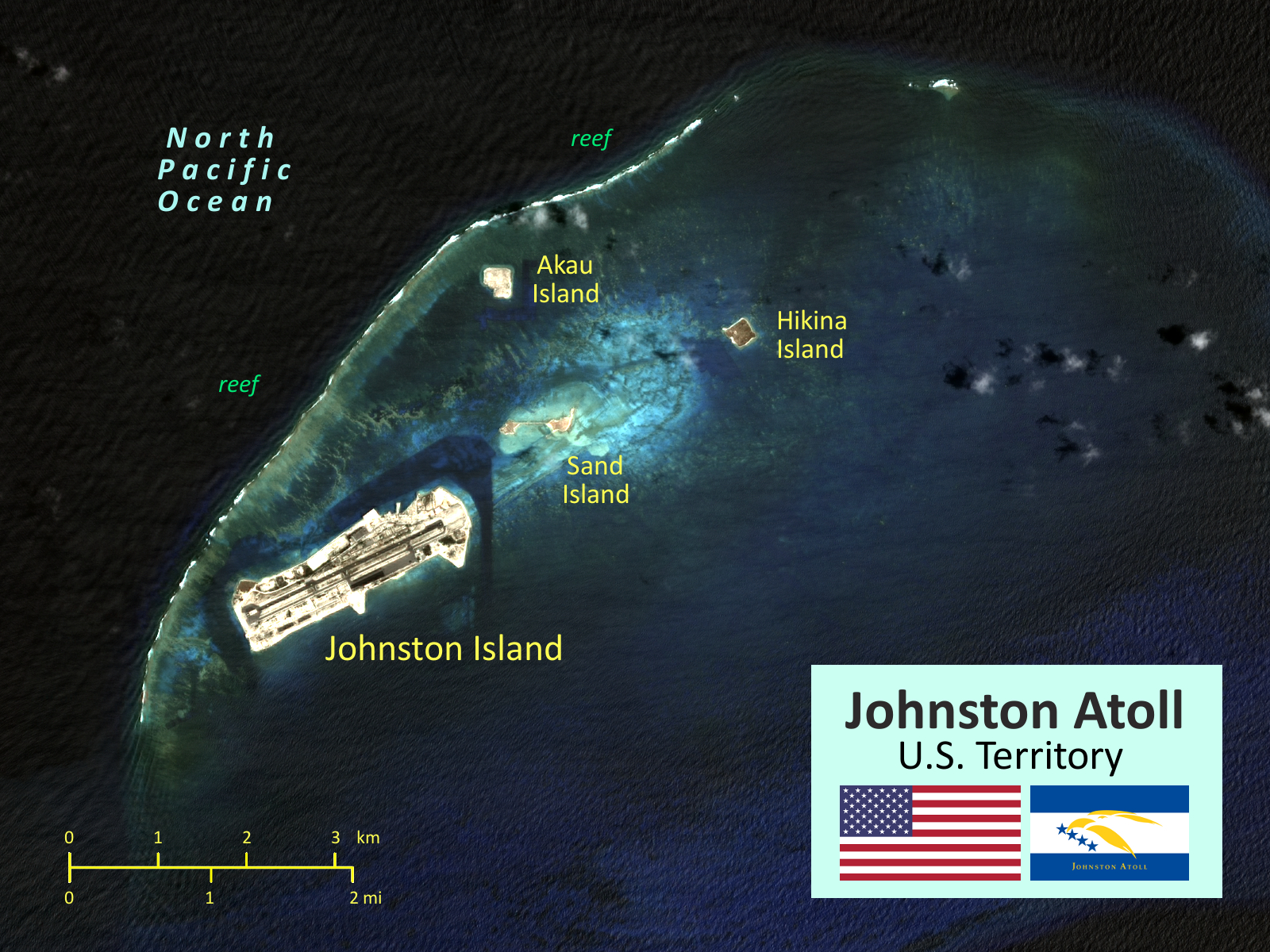
Das Johnston-Atoll (alter Name Cornwallis Island) ist ein Atoll im nördlichen Pazifik, 1150 km südwestlich von Hawaii gelegen. Die Inselgruppe gehört politisch zu den Vereinigten Staaten und wird von diesen als sogenanntes „nichtinkorporiertes Territorium“ zu den United States Minor Outlying Islands gezählt.
约翰斯顿环礁(英语:Johnston Atoll),位于北太平洋中部,是波利尼西亚群岛的组成部分之一,属于美国无建制领土。东北距夏威夷檀香山1328公里,有重要战略地位。

 Breakthrough Prize
Breakthrough Prize
 Fundamental Physics Breakthrough Prize
Fundamental Physics Breakthrough Prize

 Medical, Pharmaceutical, Rehabilitation
Medical, Pharmaceutical, Rehabilitation
 Medical colleges/Research Institute
Medical colleges/Research Institute
 Nobel prize
Nobel prize
 Nobel Prize in Chemistry
Nobel Prize in Chemistry
 Nobel prize
Nobel prize
 Nobel Peace Prize
Nobel Peace Prize
 Nobel prize
Nobel prize
 Nobel Prize in Literature
Nobel Prize in Literature
 Nobel prize
Nobel prize
 Nobel Prize in Physics
Nobel Prize in Physics
 Nobel prize
Nobel prize
 Nobel Prize in Physiology or Medicine
Nobel Prize in Physiology or Medicine
 Nobel prize
Nobel prize
 Nobel Memorial Prize in Economic Sciences
Nobel Memorial Prize in Economic Sciences
 Nobel prize
Nobel prize
 University/Institute
University/Institute

 Universities in the USA
Universities in the USA
 United States
United States

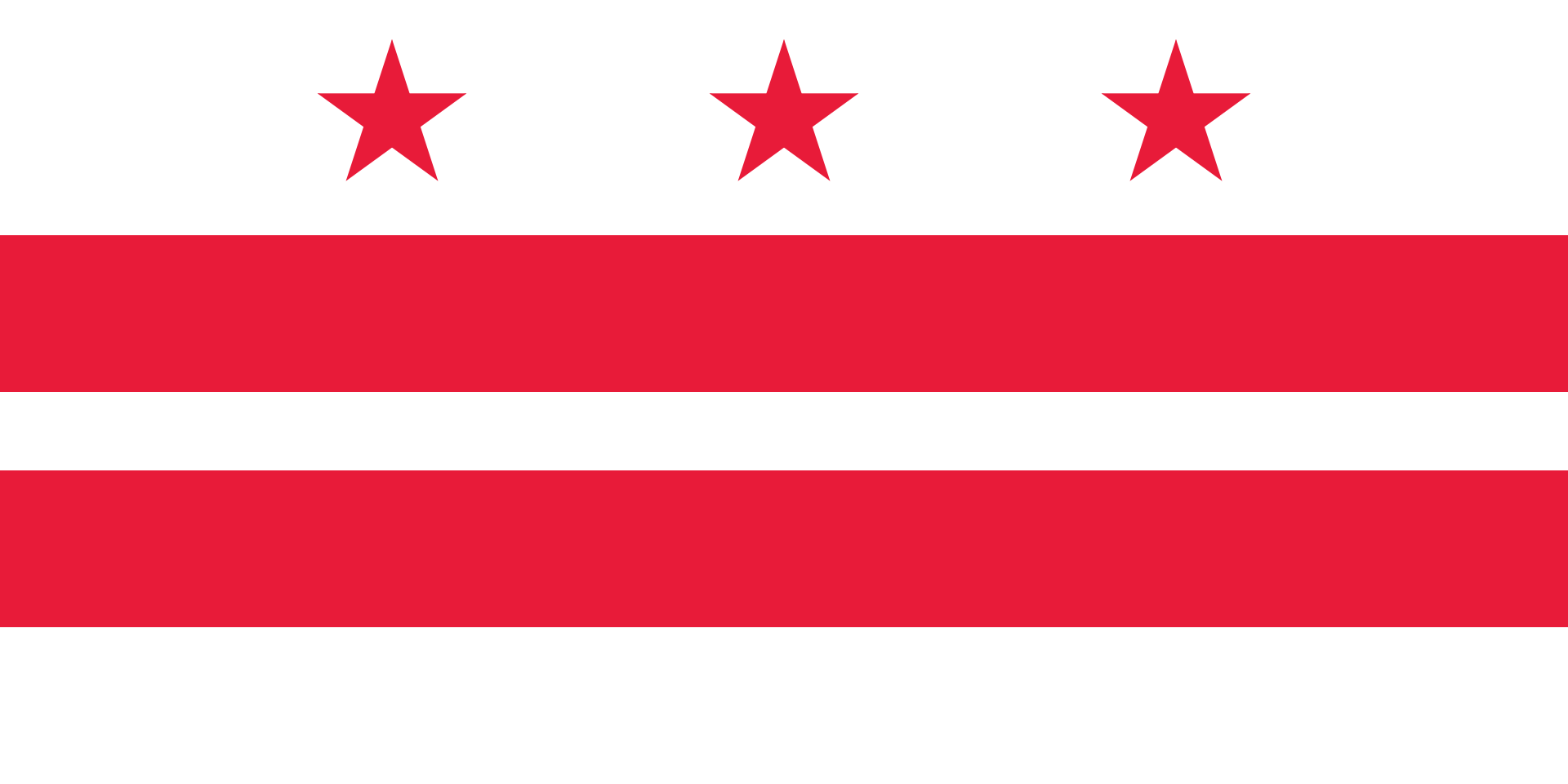 Washington, D.C.
Washington, D.C.
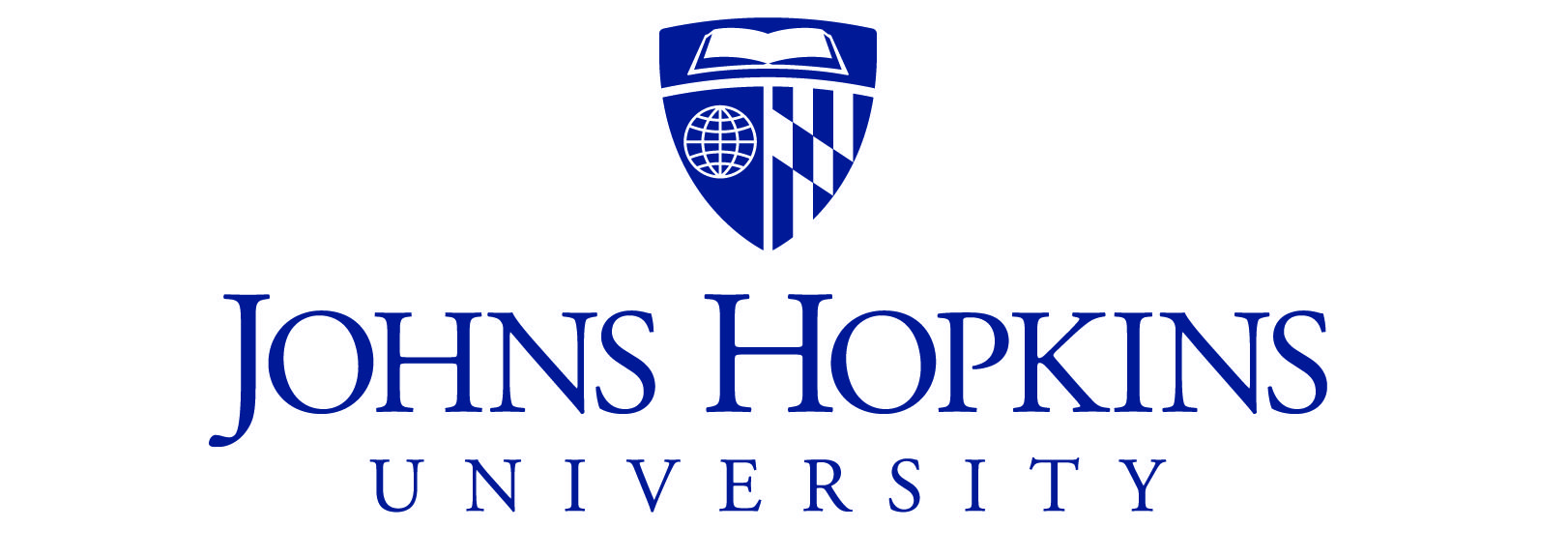

 *American think tanks
*American think tanks
 *United States Political System
*United States Political System

 Financial
Financial
 *United States economic data
*United States economic data

 Party and government
Party and government
 *Think Tank
*Think Tank
 United States
United States

 Washington, D.C.
Washington, D.C.

 FIFA Fussball-Weltmeisterschaft 1994
FIFA Fussball-Weltmeisterschaft 1994

 Financial
Financial
 ***Global Financial Center
***Global Financial Center
 Women's Soccer World Cup 1999
Women's Soccer World Cup 1999

 History
History
 N 2000 - 2100 AD
N 2000 - 2100 AD

 History
History
 M 1500 - 2000 AD
M 1500 - 2000 AD

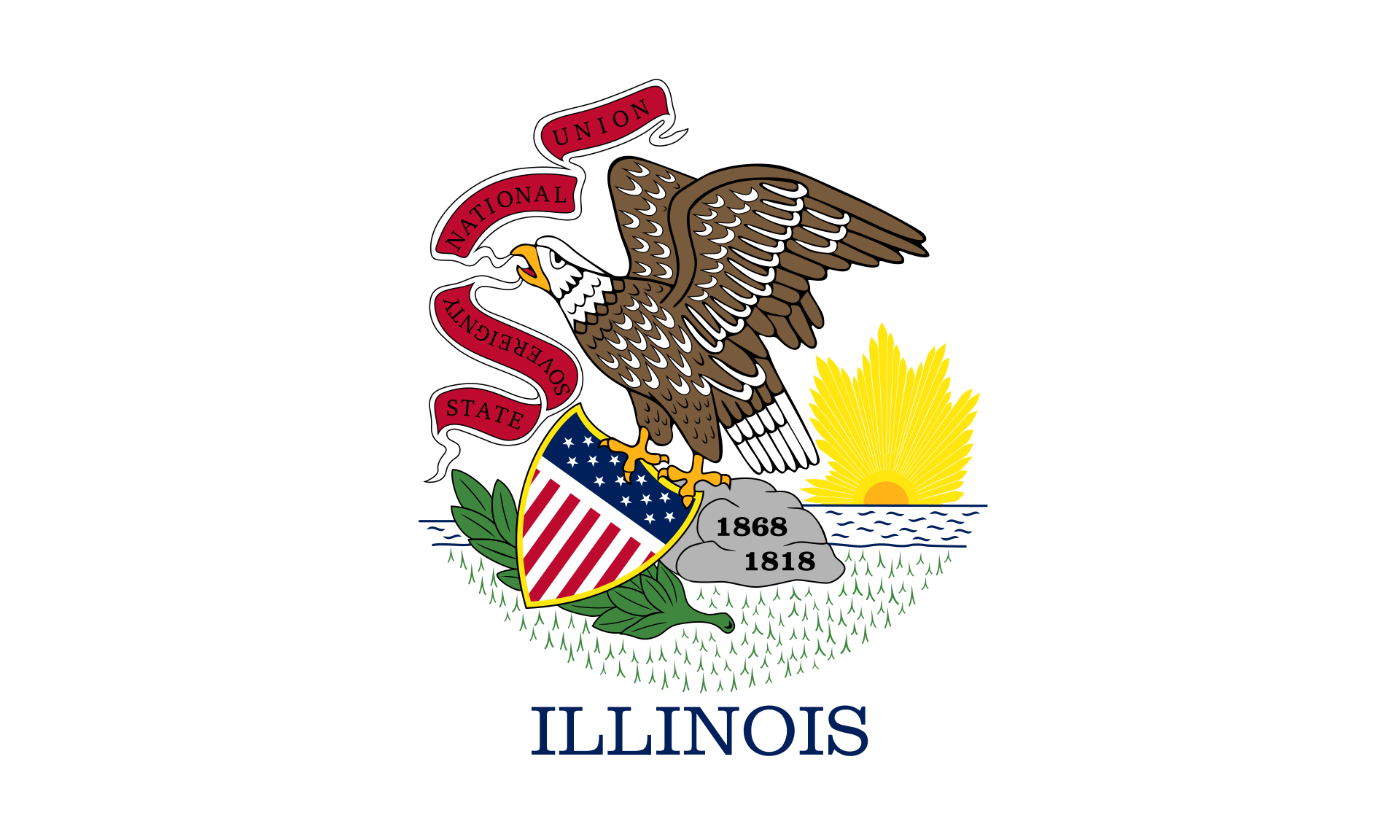 Illinois-IL
Illinois-IL

 International cities
International cities
 ***Global Urban Economic Competitiveness
***Global Urban Economic Competitiveness
 ITU World Championship Series
ITU World Championship Series

 Sport
Sport
 Triathlon
Triathlon
 United States
United States

Wie die meisten amerikanischen Städte ist Chicago am Reißbrett entworfen worden. Das Schachbrettmuster kann man z.B. von der Aussichtsplattform des Sears-Towers gut erkennen. Die Aussicht von diesem Punkt aus ist atemberaubend. Genießen Sie das Panorama des Lake Michigan und beobachten Sie die Flugzeuge die am Chicago-International-Airport landen.
Chicago (deutsche Schreibweise: Chikago,[1] Aussprache: [ʃɪˈkɑːgoʊ]; ) ist eine Stadt am Südwestufer des Michigansees im Bundesstaat Illinois in den Vereinigten Staaten von Amerika. Mit einer Einwohnerzahl von 2.722.389 (2014)[2] ist sie die drittgrößte Stadt der Vereinigten Staaten. In der Agglomeration leben 8,7 Millionen, in der Metropolregion Chicago 9,7 Millionen Menschen (2007).[3]
Chicago ist seit der Mitte des 19. Jahrhunderts eine wichtige Handelsstadt in den Vereinigten Staaten. Diese Funktion wird durch ihre Eigenschaft als Eisenbahnknotenpunkt und ihre Lage an der Mündung des Illinois Waterways begünstigt. Die Stadt liegt an wichtigen Eisenbahnstrecken, die die Ost- mit der Westküste verbinden und ist über die Großen Seen und den Sankt-Lorenz-Seeweg bzw. den Eriekanal mit dem Atlantik und mit New York City verbunden. Der Illinois Waterway stellt über den Mississippi die Verbindung zum Golf von Mexiko her.
Chicago ist Sitz der Chicago Mercantile Exchange, der größten Warenterminbörse der Vereinigten Staaten, und der Chicago Board of Trade, der größten Rohstoff-, Futures- und Optionsbörse der Vereinigten Staaten. Außerdem befindet sich hier die größte Regionalbörse der Vereinigten Staaten, die Chicago Stock Exchange.
Die Metropolregion von Chicago erbrachte 2016 eine Wirtschaftsleistung von 651,2 Milliarden US-Dollar.[4] Bei einer Studie aus dem Jahr 2014 belegte Chicago Platz 9 unter den wirtschaftsstärksten Metropolregionen weltweit und Platz 3 innerhalb der Vereinigten Staaten.[5]
十七世纪时为法国皮毛商交易地,后归美国。1834年建市。1848年伊利诺伊·密歇根运河开通和铁路相继修建后,发展极速。全国最大的铁路 枢纽,32条干线交会于此。现为全国性的重要农畜产品贸易市场和钢铁冶炼基地。肉类加工、面粉、罐头、冷冻食品加工等发达。此外还有农机制造、机车、货 车、电话机、电视机、收音机、印刷、塑料等。包括卫星城市格里、南芝加哥,为美国第二个重工业地带。多大银行、商业企业,有芝加哥大学(1891年建)与 科学研究机构等。
芝加哥市内保存着早期传统式的西欧古建筑,又有壮观巍峨的现代摩天大楼。市区沿着宽阔壮丽的大道连绵数十公里,规划布局井井有条。现在的城市是 1871年的大火之后重建的,新城各种形状新奇、色彩各异的高层建筑使其成为一建筑艺术博物馆。芝加哥市区内摩天大楼之多,仅次于纽约。
芝加哥市内保存着早期传统式的西欧古建筑,又有壮观巍峨的现代摩天大楼。市区沿着宽阔壮丽的大道连绵数十公里,规划布局井井有条。现在的城市是1871年 的大火之后重建的,新城各种形状新奇、色彩各异的高层建筑使其成为一建筑艺术博物馆。芝加哥市区内摩天大楼之多,仅次于纽约。当今全世界5座最高的摩天大 楼有3座在芝加哥,市中心的西尔斯大厦是美国第一高楼,有110层,高443米。
19世纪开通的伊利诺伊-密歇根运河,把处于内陆的芝加哥同五大湖和大西洋连接起来,变为港口城市。海洋巨轮从加拿大的圣劳伦斯湾直驶芝加哥码 头。芝加哥是美国的铁路枢纽,几十条铁路交汇于此,连接美国各大城市;它还有世界上最繁忙国际机场之一的奥黑尔国际机场;因此,芝加哥可以称得上美国东西 交通、水、陆、空运输的中心。
シカゴ(英: Chicago [ʃɨˈkɑːɡoʊ, ʃɨˈkɔːɡoʊ, tʃɨˈkɑːɡoʊ] (![]() 音声ファイル)))は、アメリカ合衆国イリノイ州にある都市。同州最大の都市であり、国内では、ニューヨーク、ロサンゼルスに次ぐ人口を持つ。
音声ファイル)))は、アメリカ合衆国イリノイ州にある都市。同州最大の都市であり、国内では、ニューヨーク、ロサンゼルスに次ぐ人口を持つ。
シカゴはクック郡内にあり、同郡の郡庁所在地である。同郡には他にアーリントンハイツなどが含まれる。2012年の人口は271万人。
19世紀後半から20世紀中盤まで、アメリカ国内における鉄道・航空・海運の拠点として、また五大湖工業地帯の中心として発展し、ニューヨークに次ぐアメリカ第2の都市となっていた歴史を持つ。摩天楼がそびえ立つアメリカ型都市の発祥とされ、ダウンタウンの高層建築は、シカゴ派として知られ、近代建築史における重要局面をなした。1973年に建てられたシアーズ・タワー(現在はウィリス・タワーに改称)は、1998年まで世界一の高層建築であった。マコーミック・プレイスコンプレックスは、北米最大のコンベンション・センターであり、オヘア空港は全米有数の過密な空港として知られる。
アメリカのシンクタンクが2017年に発表した総合的な世界都市ランキングにおいて、世界12位の都市と評価された[1]。アメリカの都市ではニューヨーク、ロサンゼルスに次ぐ3位である。2017年3月の調査によると、世界7位の金融センターである[2]。2014年の都市の経済規模(GDP)では、世界9位となっている[3]。
日本語の漢字表記は「市俄古」。また、シカゴに住む人々は「Chicagoans(シカゴアンズ)」と呼ばれている[4]。
Chicago (/ʃɪˈkɑːɡoʊ/ (![]() listen), locally also /-ˈkɔː-/), officially the City of Chicago, located on the shores of freshwater Lake Michigan, is the third most populous city in America after New York and Los Angeles. As of the 2017 census-estimate, Chicago has a population of 2,716,450, which makes it the most populous city in both the state of Illinois and the Midwestern United States. It is the county seat of Cook County, the second most populous county in the U.S. Chicago is the principal city of the Chicago metropolitan area, which is often referred to as "Chicagoland." The Chicago metropolitan area has nearly 10 million people, is the third-largest in the United States, the fourth largest in North America, and the third largest metropolitan area in the world by land area. Chicago is the birthplace of the skyscraper, and considered the most influential architectural city of the 20th century.[6] In finance, the city saw the creation of the first standardized futures contracts at the Chicago Board of Trade; which today is the largest and most diverse derivatives market in the world, generating 20% of all volume in commodities and financial futures.[7]
listen), locally also /-ˈkɔː-/), officially the City of Chicago, located on the shores of freshwater Lake Michigan, is the third most populous city in America after New York and Los Angeles. As of the 2017 census-estimate, Chicago has a population of 2,716,450, which makes it the most populous city in both the state of Illinois and the Midwestern United States. It is the county seat of Cook County, the second most populous county in the U.S. Chicago is the principal city of the Chicago metropolitan area, which is often referred to as "Chicagoland." The Chicago metropolitan area has nearly 10 million people, is the third-largest in the United States, the fourth largest in North America, and the third largest metropolitan area in the world by land area. Chicago is the birthplace of the skyscraper, and considered the most influential architectural city of the 20th century.[6] In finance, the city saw the creation of the first standardized futures contracts at the Chicago Board of Trade; which today is the largest and most diverse derivatives market in the world, generating 20% of all volume in commodities and financial futures.[7]
Chicago was incorporated as a city in 1837 near a portage between the Great Lakes and the Mississippi River watershed and grew rapidly in the mid-nineteenth century.[8] After the Great Chicago Fire of 1871, which destroyed several square miles and left more than 100,000 homeless, the city made a concerted effort to rebuild.[9] The construction boom accelerated population growth throughout the following decades, and by 1900 Chicago was one of the five largest cities in the world.[10] During this period, Chicago made noted contributions to urban planning and zoning standards, which included creating new construction styles (including the Chicago School of architecture), the development of the City Beautiful Movement, and the steel-framed skyscraper.[11]
Positioned along Lake Michigan, the city is an international hub for finance, commerce, industry, technology, telecommunications, and transportation. O'Hare International Airport is the one of the busiest airports in the world, and the region also has the largest number of U.S. highways and railroad freight.[12] In 2012, Chicago was listed as an alpha global city by the Globalization and World Cities Research Network,[13] and it ranked seventh in the entire world in the 2017 Global Cities Index.[14] Chicago has the fourth-largest gross metropolitan product in the world — generating about $670.5 billion according to September 2017 estimates — ranking it after the metropolitan areas of Tokyo, New York City, and Los Angeles, and ranking ahead of number five London and number six Paris.[15] Chicago has one of the world's largest and most diversified and balanced economies, not being dependent on any one industry, with no single industry employing more than 14% of the workforce.[16]
Chicago was the second most visited city in the United States with 55 million domestic and international visitors,[17][18] not far behind the 62 million visitors to New York City in 2017.[19] The city ranked first place in the 2018 Time Out City Life Index, a global quality of life survey of 15,000 people in 32 cities.[20][21][22][23][24] Landmarks in the city include Millennium Park, Navy Pier, the Magnificent Mile, the Art Institute of Chicago, Museum Campus, the Willis (Sears) Tower, the Museum of Science and Industry, and Lincoln Park Zoo. Chicago's culture includes the visual arts, literature, film, theater, comedy (especially improvisational comedy), food, and music, particularly jazz, blues, soul, hip-hop, gospel,[25] and electronic dance music including house music. There are many colleges and universities in the Chicago area, of which the University of Chicago, Northwestern University, and the University of Illinois at Chicago are classified as "highest research" doctoral universities.
Chicago has professional sports teams in each of the major professional leagues, including two Major League Baseball teams. The city has had several nicknames throughout its history such as the Windy City, Chi-Town, Second City, and the City of the Big Shoulders, referring to its numerous towers and skyscrapers.[26]
Chicago (en anglais [ʃɪˈkɑːɡoʊ] ou [ʃɪˈkɔːɡoʊ]) est la troisième ville des États-Unis par sa population et se situe dans le nord-est de l'État de l'Illinois. C'est la plus grande ville de la région du Midwest, dont elle forme le principal centre économique et culturel2. Chicago se trouve sur la rive sud-ouest du lac Michigan, un des cinq Grands Lacs d'Amérique du Nord. Les rivières Chicago et Calumet traversent la ville.
Comptoir commercial fondé à la fin du XVIIIe siècle par Jean Baptiste Pointe du Sable, un mulâtre d'origine française, Chicago devient une municipalité en 18333 et acquiert officiellement le statut de ville en 18374. Elle est le siège du comté de Cook. Chicago est aussi le siège d'une paroisse catholique francophone, signe de son histoire liée à la France5.
La ville de Chicago compte 2 716 450 habitants et s'étend sur une superficie de 606 km2. Ses habitants s'appellent les Chicagoans6 (ou plus rarement Chicagolais7). Troisième ville des États-Unis par sa population, l'agglomération de Chicago est également la troisième du pays avec une population de 8 711 000 habitants s'étendant sur 5 498 km2. L'aire métropolitaine de Chicago (Chicago metropolitan area), communément appelée « Chicagoland », compte 9 526 434 habitants et s'étend sur 28 163 km28,9 à travers trois États (Illinois, Indiana et Wisconsin), ce qui en fait la quatrième aire urbaine d'Amérique du Nord après Mexico, New York et Los Angeles10.
Chicago est une ville de classe mondiale alpha11. Elle constitue le deuxième centre industriel des États-Unis et appartient à la « Ceinture des industries » (Manufacturing Belt), mais la ville est aussi une des principales places financières du monde12 et la première bourse de matières premières agricoles au monde13. C'est à Chicago que sont fixés les prix du blé et du soja aux États-Unis14. La ville se classe au troisième rang national pour le nombre d'entreprises implantées dans son agglomération15, dont les plus importantes sont Motorola, Boeing, United Airlines, McDonald's, Sears, Kraft Foods, Mondelēz ou encore les laboratoires Abbott. D'autres entreprises y ont été créées, comme Hertz, l'une des plus grandes enseignes de location de voitures. L'industrie emploie plus d'un million de personnes dans l'agglomération de Chicago15.
Grâce à sa situation exceptionnelle, la ville constitue un centre de communication majeur de voies terrestres (l'un des plus importants en Amérique du Nord), et de transports aériens avec ses deux aéroports internationaux, O'Hare et Midway. Elle acquiert une grande renommée culturelle grâce à son architecture moderne de gratte-ciel16 et attire des millions de visiteurs chaque année17. En effet, la Willis Tower (appelée « Sears Tower » jusqu'au mois de juillet 2009) a été de 1973 à 1998, le plus haut gratte-ciel du monde18 et est à ce jour le deuxième immeuble le plus haut du continent américain après le One World Trade Center à New York. Enfin, la ville compte de nombreux établissements d'enseignement supérieur, des musées prestigieux, des théâtres réputés et un orchestre symphonique de renommée mondiale.
Chicago (AFI: /ʧiˈkaɡo/[4]; in inglese /ʃɪˈkɑɡoʊ/) è la più grande città dell'Illinois, la più grande metropoli dell'entroterra statunitense e la terza per popolazione di tutti gli Stati Uniti d'America dopo New York e Los Angeles, con i suoi 2.722.389 abitanti.[3] La sua area metropolitana (detta Chicagoland) conta 9.554.598 abitanti distribuiti in un'ampia area pianeggiante situata lungo le rive del lago Michigan. Trasformatasi da cittadina in una importante metropoli, Chicago è stata definita come una delle 10 città più influenti al mondo. Oggi è una città multietnica, nonché un importante centro finanziario e industriale ed uno dei maggiori centri fieristico/espositivi mondiali.
Il centro della città (denominato "the Loop") è dominato da imponenti grattacieli che arrivano anche ai 108 piani (per un'altezza di 442 m) della Willis Tower. Questa tipologia architettonica è nata proprio a Chicago che, se da tempo ha dovuto perdere il primato di città con più grattacieli nel paese a favore di New York, vanta ancora oggi il secondo grattacielo più alto statunitense (dopo il nuovo World Trade Center) e tre grattacieli nella classifica dei primi 15 al mondo. Venti dei suoi grattacieli superano i 200 metri d'altezza e ben 240 superano i 100 metri. La città si estende per 50 km sul lago Michigan da nord a sud.
Chicago è la città con il maggior numero di ponti mobili al mondo (attualmente 45) ed è un punto di riferimento mondiale per il blues.
La città di Chicago ha diversi soprannomi, tra i quali "Windy City" e "Second City".
Chicago, conocida coloquialmente como «la Segunda Ciudad» o «la Ciudad de los Vientos», es la tercera ciudad con mayor número de habitantes en Estados Unidos, detrás de Nueva York y Los Ángeles.
Chicago se encuentra en el estado de Illinois, a lo largo de la costa suroeste del lago Míchigan, y es la sede del condado de Cook.2 Forma parte del área metropolitana de Chicago, una conurbación integrada además por los condados periféricos.
Чика́го (англ. Chicago, МФА: [ʃɪˈkɑːgoʊ] или [ʃɪˈkɔːgoʊ]) — третий по числу жителей (после Нью-Йорка и Лос-Анджелеса) город США, второй по значимости финансовый центр страны (после Нью-Йорка) и крупнейший транспортный узел Северной Америки. Расположен на юго-западном побережье озера Мичиган в штате Иллинойс; административный центр округа Кук.
Население Чикаго (по данным переписи 2010 года) составляет 2 695 000 человек. Агломерация Чикаго (с различными пригородами) называется «Большой Чикаго» или «Страна Чикаго» (англ. Chicagoland; название предложено газетой Chicago Tribune в начале XX века); в ней проживает более 9 млн человек. Агломерация Чикаго занимает 37-е место в мире по числу жителей.
Чикаго по праву считается экономической, промышленной, транспортной и культурной столицей Среднего Запада. Неофициально его иногда также называют «Второй Город» и «Город ветров». Впервые Чикаго был назван «Городом ветров» в статье в Chicago Tribune за 1858 год.

 Architecture
Architecture

 Illinois-IL
Illinois-IL



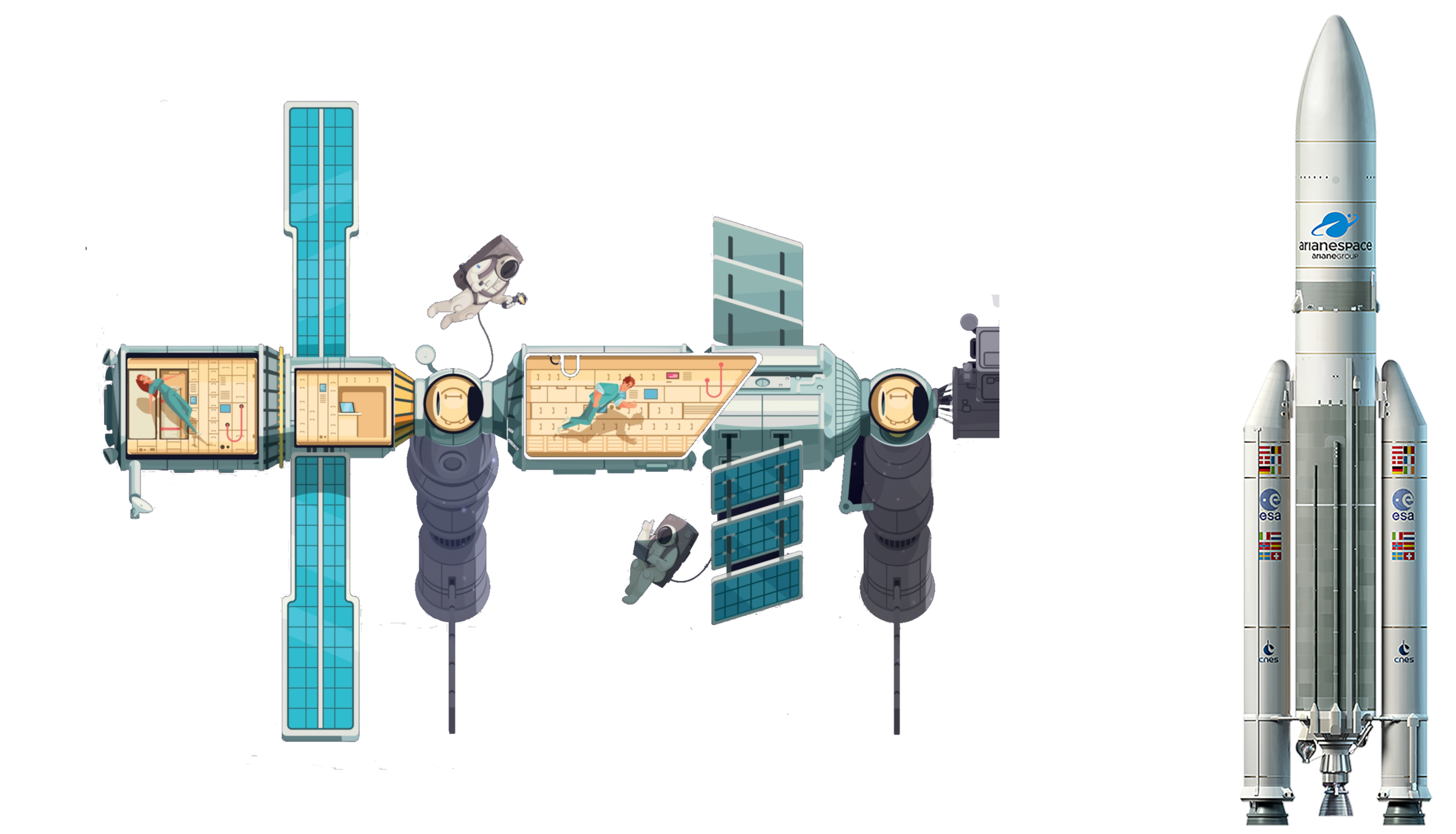 Aerospace
Aerospace
 Busiest airports by cargo traffic
Busiest airports by cargo traffic



 Aerospace
Aerospace
 Busiest airports by passenger traffic
Busiest airports by passenger traffic
 United States
United States



 Illinois-IL
Illinois-IL
 Nobel prize
Nobel prize
 Nobel Prize in Chemistry
Nobel Prize in Chemistry
 Nobel prize
Nobel prize
 Nobel Peace Prize
Nobel Peace Prize
 Nobel prize
Nobel prize
 Nobel Prize in Literature
Nobel Prize in Literature
 Nobel prize
Nobel prize
 Nobel Prize in Physics
Nobel Prize in Physics
 Nobel prize
Nobel prize
 Nobel Prize in Physiology or Medicine
Nobel Prize in Physiology or Medicine
 Nobel prize
Nobel prize
 Nobel Memorial Prize in Economic Sciences
Nobel Memorial Prize in Economic Sciences
 Nobel prize
Nobel prize
 University/Institute
University/Institute

 Universities in the USA
Universities in the USA

 Science and technology
Science and technology
 *World famous research institutions
*World famous research institutions



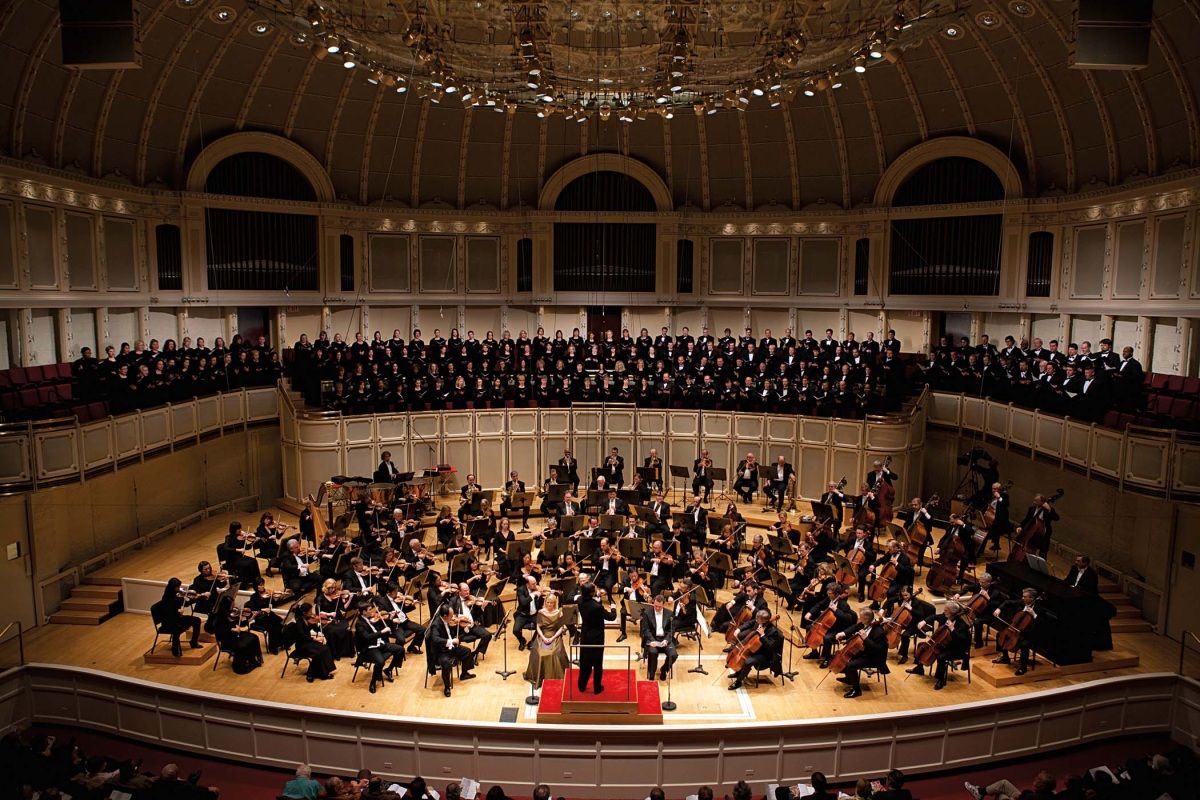
Das Chicago Symphony Orchestra ist ein Symphonieorchester in Chicago, Illinois. Es wird zu den großen Symphonieorchestern der USA (Big Five) gezählt und gilt als eines der besten weltweit.
Der begründende Musikdirektor Theodore Thomas wirkte als Chefdirigent von 1891 bis 1905; danach kam eine lange Phase unter Friedrich August Stock, 1905 bis 1942, aus der aber nur wenig Tonaufnahmen existieren. Gegen Ende der Amtszeit von Stock kam 1936 Hans Lange (wie Stock aus Deutschland stammend und viele Jahre Assistent von Arturo Toscanini) zum CSO, wo er zunächst als Assistent von Stock und später bis 1946 als „associate conductor“ tätig war. Kürzere Zeiten unter Désiré Defauw (1943–47), Artur Rodziński (1947–48) und Rafael Kubelik (1950–53) folgten. Doch erst der präzisionsbesessene und von Orchestermusikern gefürchtete Fritz Reiner etablierte den Weltruf des Orchesters zwischen 1953 und 1963. Nach Jean Martinon (1963–69) übernahm Sir Georg Solti, der bis 1991 an die Glanzzeiten Reiners anknüpfen konnte, wenn auch mit einem anderen, schneidigeren und weniger klangschönen Stil. 1991 wurde Daniel Barenboim vom Orchester als Nachfolger gewählt. Er bekleidete sein Amt bis zum Ende der Saison 2005/06. Das Orchester wählte Riccardo Muti zum neuen Chefdirigenten ab der Saison 2010/11. Bis dahin übernahmen Bernard Haitink und Pierre Boulez die Leitung des Orchesters.
Das Orchester konzertiert in der Chicago Orchestra Hall (manchmal auch Theodore Thomas Orchestra Hall nach dem Gründer des Orchesters genannt). Der 1904 erbaute Komplex wurde 1966 einschneidend umgebaut, sodass der außerordentlich runde Klang verloren ging. Aufgrund des nunmehr trockenen und engen Klangbilds fanden Tonaufnahmen in der Folge meist andernorts statt, vor allem im Medinah Temple.
1997 endete eine erneute Umbauphase, die unter anderem das Ziel hatte, das alte Klangbild wieder herzustellen. Der Klang gewann tatsächlich hörbar an Breite und Schönheit, nur beschwerten sich nun die Musiker, dass sie sich untereinander nicht mehr hören konnten. Durch diverse Nachbesserungen soll mittlerweile ein erträglicher Zustand erreicht worden sein.
 Companies
Companies


 Automobile
Automobile
 Agriculture, forestry, livestock, fishing
Agriculture, forestry, livestock, fishing
 Geography
Geography
 Animal world
Animal world
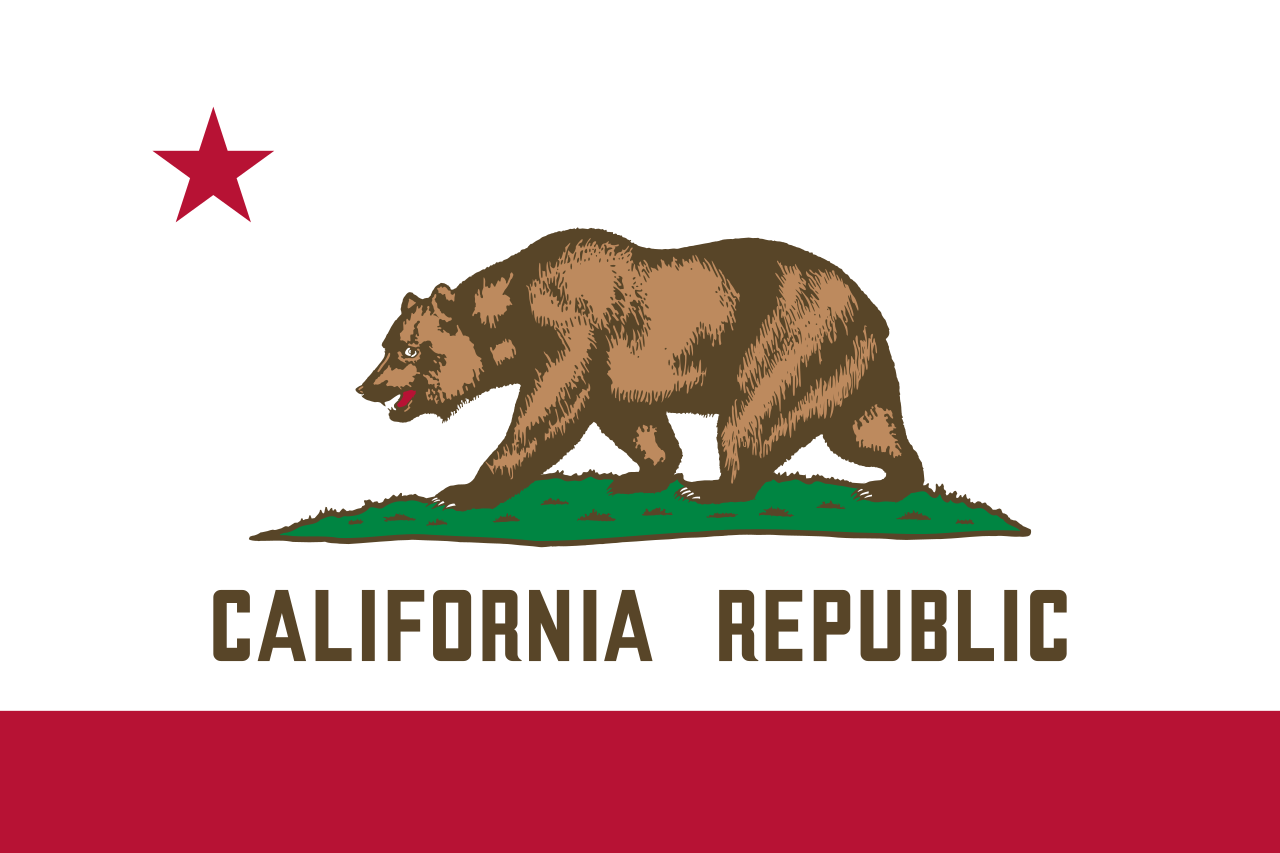 California-CA
California-CA
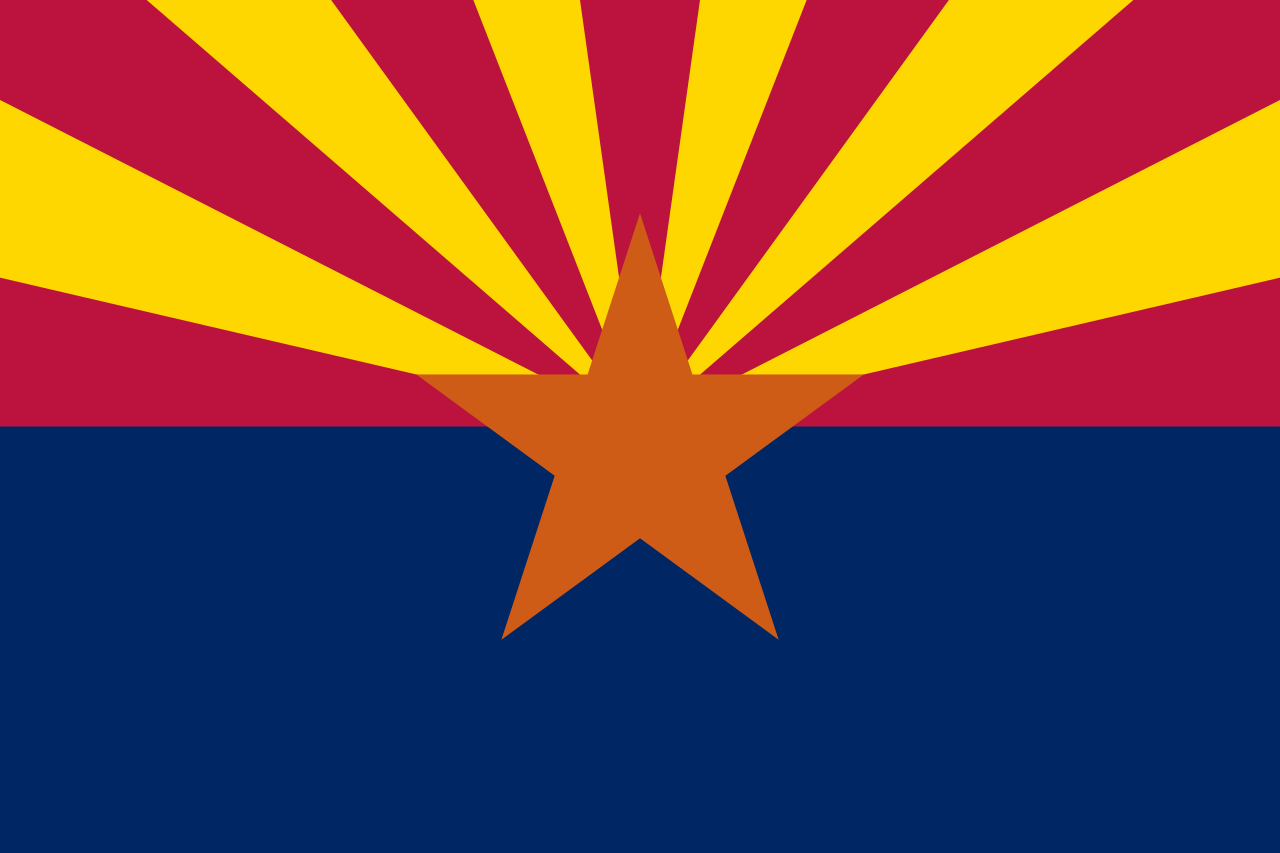 Arizona-AZ
Arizona-AZ
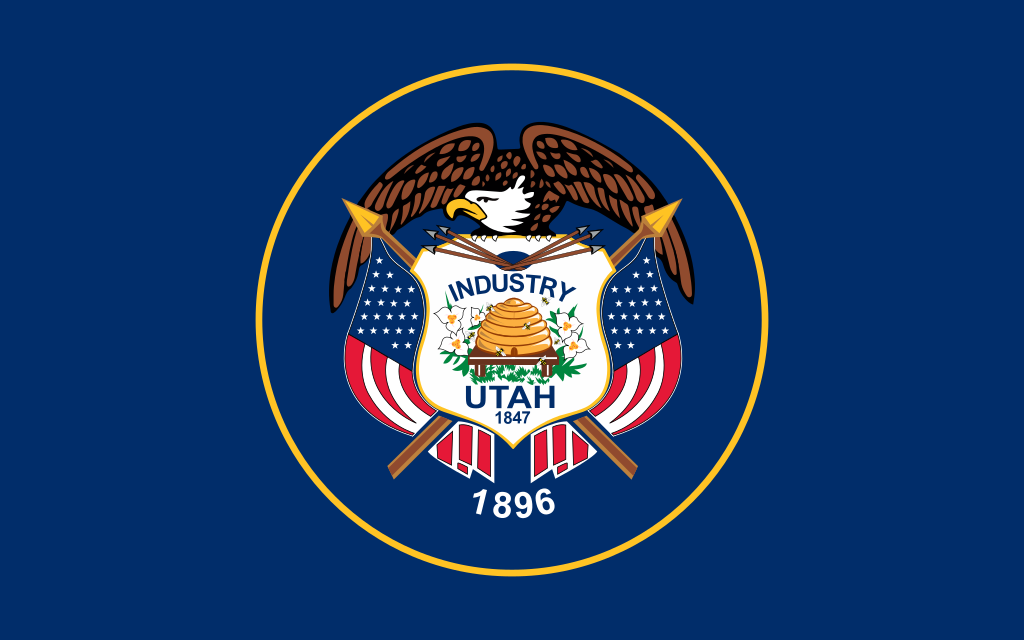 Utah-UT
Utah-UT
 Economy and trade
Economy and trade
 Transport and traffic
Transport and traffic



 Military, defense and equipment
Military, defense and equipment
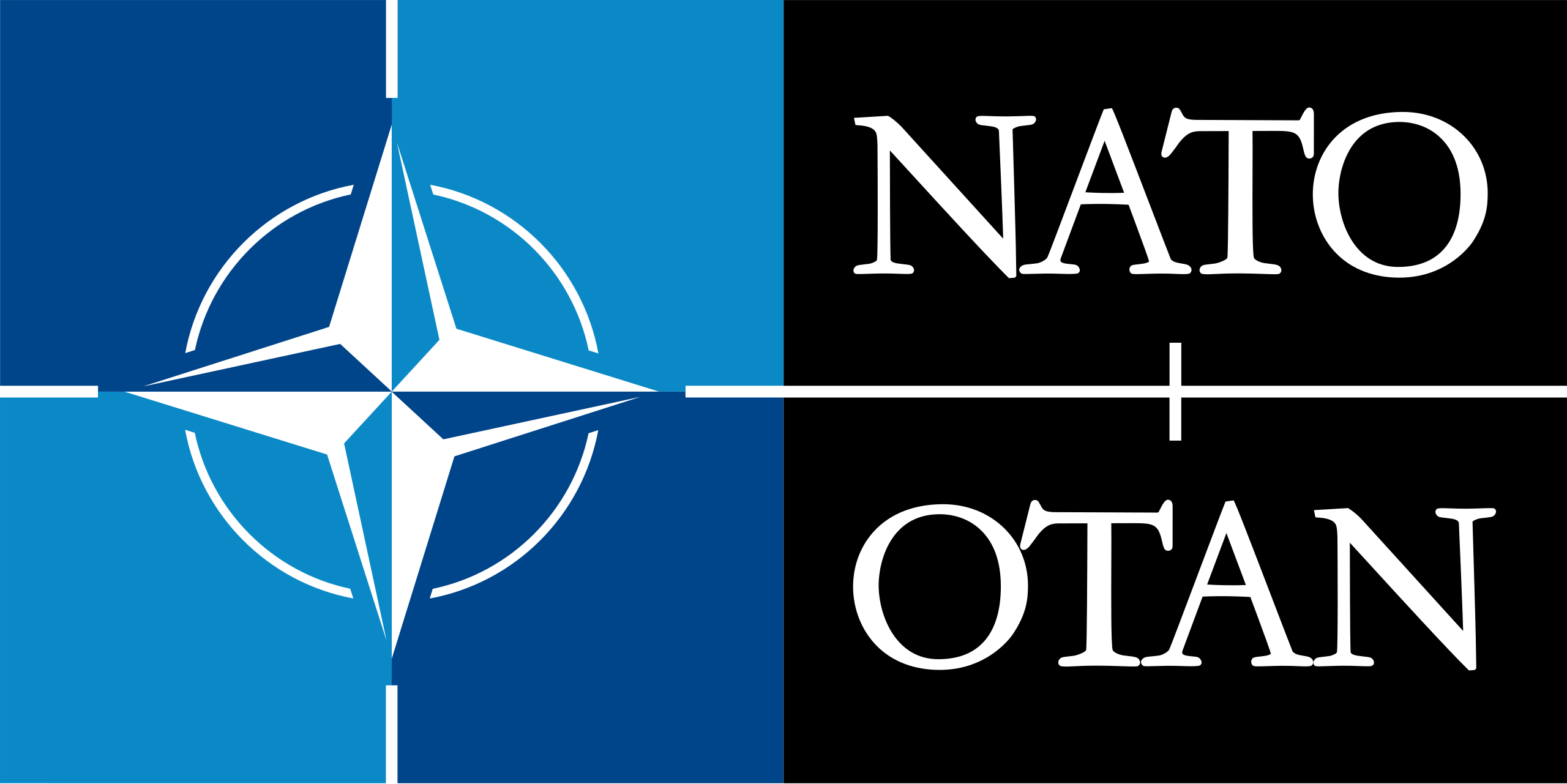 Mitglieder der NATO
Mitglieder der NATO
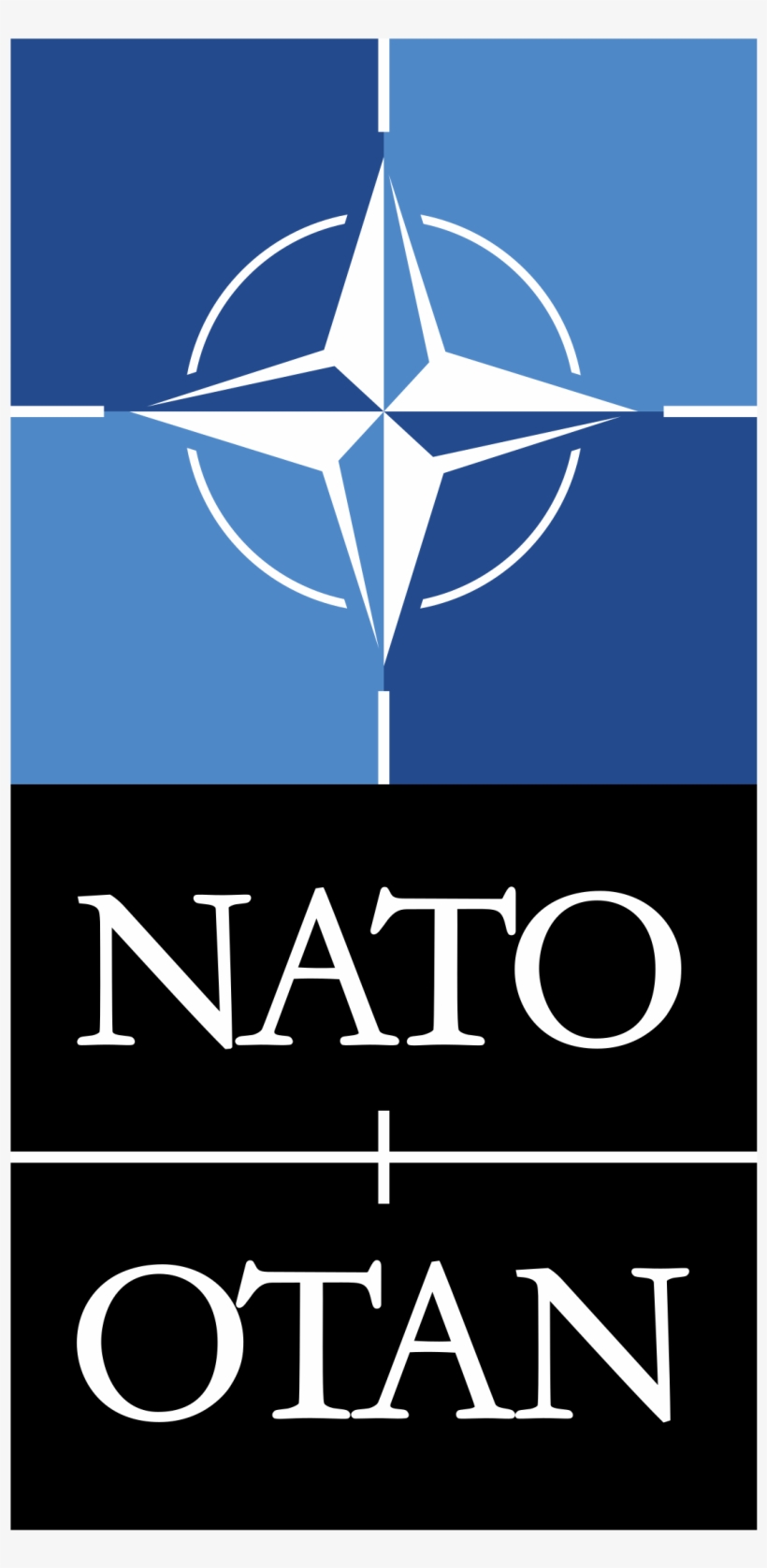 NATO summit
NATO summit
 Exhibition
Exhibition
 Music
Music
 Performing Arts
Performing Arts